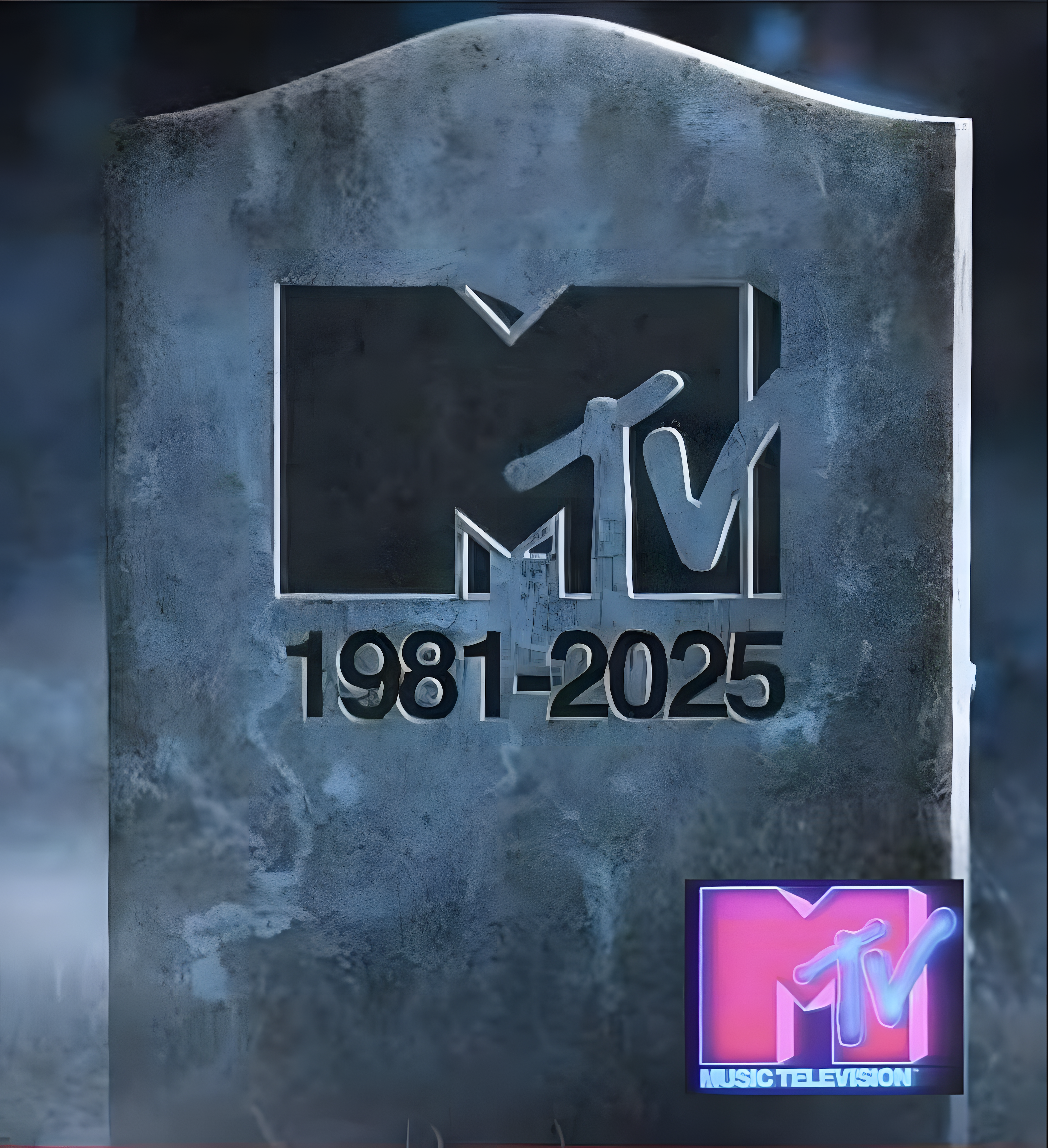MTV History: How the Iconic Music Channel Started and Why It Ended in 2025
Birth and Early Vision
The cable television network MTV — originally standing for Music Television — was officially launched on August 1, 1981 at 12:01 a.m. Eastern Time in the United States. From the outset, its programming was built entirely around music videos, operating 24 hours a day—an innovation in the entertainment and music industries.
Its first ever broadcast video was Video Killed the Radio Star by The Buggles — a pointedly symbolic choice, as the lyrics speak to the shift from radio-based music to the video image. Within that very first day, MTV aired a list of pioneering clips: for example, the second video was You Better Run by Pat Benatar.
From its early days, MTV’s format included so-called “VJs” (video jockeys) introducing videos, short interstitials, music news snippets, and a programming rhythm that mirrored radio but with the visual dimension taken as central.
MTV thus helped transform the music industry by making the video clip a major promotional vehicle for artists and labels, and by influencing fashion, youth culture, and the ways that music was discovered.
What It Presented When It Started
In its early years (1981-mid-1980s), MTV’s programming was dominated by new wave, rock, pop, and emerging artists — often British or American acts — and music videos continuously aired in rotation.
Some of the milestones in MTV’s early influence:
- The clip for Beat It by Michael Jackson premiered on MTV and helped break down barriers for Black artists on the network.
- MTV’s early slogan “I Want My MTV” became an indicator of youth culture’s demand for the network and the power it wielded.
- Beyond just videos, MTV would eventually expand into original shows (though this came a bit later), such as interviews, live performances, countdowns, and culturally youth-oriented programming.
The End of an Era – Demise in 2025
While MTV as a brand continues (especially in the United States), the era of MTV’s dedicated music‐video channels around the world is coming to an end. In 2025, the parent company announced that five of its dedicated music channels — namely, MTV Music, MTV 80s, MTV 90s, Club MTV and MTV Live — will cease broadcasting by December 31, 2025 in the UK, Europe, Asia, Brazil and other markets.
In many of those regions, that marks effectively the end of the traditional MTV “music-video channel” phenomenon. Some commentary frames this as the “demise” of MTV’s original format.
Why? Because viewing habits have shifted, music videos are increasingly consumed on demand via YouTube, TikTok, and streaming services, rather than through a scheduled television channel.
The Last Broadcasts – Videos Days Before Shutdown
While I couldn’t locate a definitive public list of the exact final videos aired on those closing MTV channels, several reports note that the shutdown of the music channels by December 31 2025 will be accompanied by retrospective playlists and farewell programming in late December. For example, one blog notes the closure date and implies a final “sign-off” of music video programming.
Hence, it appears in the days before the channels fold, MTV music channels would likely have aired “farewell” or retrospective blocks — playlists of classic videos, final countdowns, and archival footage — honouring the decades of video history. However, no verified public schedule of the “last video ever” was found in my research.
Summary & Reflection
- Birth: MTV launched 1 Aug 1981, with the first video Video Killed the Radio Star.
- Purpose & impact: It introduced a 24-hour music-video format, shaped how music was marketed, and influenced youth and pop culture.
- Firsts: pioneering video plays, first female video artist on promo rotation, first sustained visual-music channel aimed at youth.
- Demise of the music-channel era: By 31 Dec 2025, five global MTV music channels will close — marking the end of the classic MTV music-video era (though the MTV brand continues in other forms).
- Emotional response: Fans, artists and former staff express sadness, nostalgia, and a sense of cultural loss.
For many, MTV’s launch symbolised the excitement of a new medium; its winding down of music channels symbolises how much the media landscape has changed.












